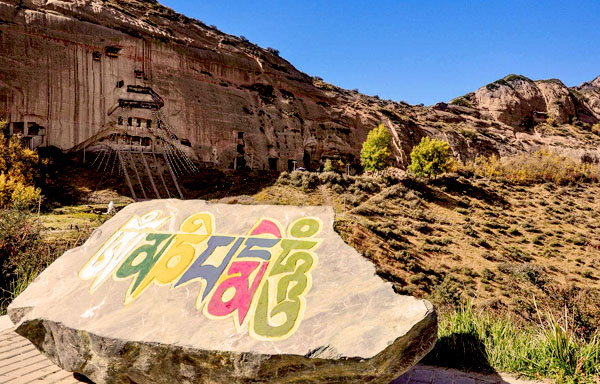- By admin
- In SilkRoadKnowledge
- 2017-12-11
History of Silk
SILK AND ITS TRADE
Silk became a precious commodity highly sought by other countries at a very early time, and it is believed that the silk trade was actually started before the Silk Road was officially opened in the second century BC. An Egyptian female mummy with silk has been discovered in the village of Deir el Medina near Thebes and the Valley of the Kings, dated 1070 BC, which is probably the earliest evidence of the silk trade. During the second century BC, the Chinese emperor, Han Wu Di's ambassadors traveled as far west as Persia and Mesopotamia, bearing gifts including silks. A Han embassy reached Baghdad in AD 97, and important finds of Han silks have been made along the Silk Road. One of the most dramatic finds of Tang silks along the Silk Road was made in 1907 by Aurel Stein. Some time around 1015, Buddhist monks, possibly alarmed by the threat of invasion by a Tibetan people, the Tanguts, sealed more than ten thousand manuscripts and silk paintings, silk banners, and textiles into a room at the Caves of the Thousand Buddhas near Dunhuang, a station on the Silk Road in north-west Gansu.
From about the fourth century BC, the Greeks and Romans began talking of Seres, the Kingdom of Silk. Some historians believe the first Romans to set eyes upon the fabulous fabric were the legions of Marcus Licinius Crassus, Governor of Syria. At the fateful battle of Carrhae near the Euphrates River in 53 BC, the soldiers were so startled by the bright silken banners of the Parthian troops that they fled in panic. Within decades Chinese silks became widely worn by the rich and noble families of Rome. The Roman Emperor Heliogabalus (AD 218 - 222) wore nothing but silk. By 380 AD, Marcellinus Ammianus reported, "The use of silk which was once confined to the nobility has now spread to all classes without distinction, even to the lowest." The craving of silk continued to increase over the centuries. The price of silk was very hight in Rome. The best Chinese bark ( a particular kind of silk) cost as much as 300 denarii (a Roman soldier's salary for an entire year!). Many sources quote that Roman citizens' demand for imported silks was so great as to be damaging to the Roman economy.
Silk was even beginning to have a civilizing effect on the barbarians. In 408 AD when Alaric, a Goth, besieged Rome, his price for sparing the city included 5000 pounds of gold, 3000 pounds of pepper, 30,000 pounds of silver and 4000 tunics of silk.
SILK TODAY
World silk production has approximately doubled during the last 30 years in spite of man-made fibers replacing silk for some uses. China and Japan during this period have been the two main producers, together manufacturing more than 50% of the world production each year. During the late 1970's China, the country that first developed sericulture thousands years ago dramatically increased its silk production and has again become the world's leading producer of silk.
Related destinations
Why Choose Us?
We are the top Silk Road tour operator based in Dunhuang, China. We focus on providing well designed Silk Road China Tours with resonable price and thoughtful service.
- Easy & carefree booking
- The best value
- Great travel experience
- Locally operated
Hot Tours
-

6 days Gansu tour to Binglingsi, Xiahe and Langmusi
Tour type : Private tour Price : from *** Destinations : Lanzhou - linxia - Xiahe - Langmusi - Hezuo - Lanzhou -

12 Days Gansu Highlights Tour
Tour type : Private tour Price : from *** Destinations : Xian – Tianshui – Lanzhou – Xiahe – Langmusi – Hezuo – Zhangye – Jiayuguan - Dunhuang -

10 Days Silk Road Classic Tour
Tour type : Private tour Price : from *** Destinations : Xian - Zhangye - Jiayuguan - Dunhuang - Turpan - Urumqi -

5 Days Zhangye - Alxa youqi Highlights Tour
Tour type : Private Tour Price : from *** Destinations : Zhangye - Alax youqi - Zhangye

